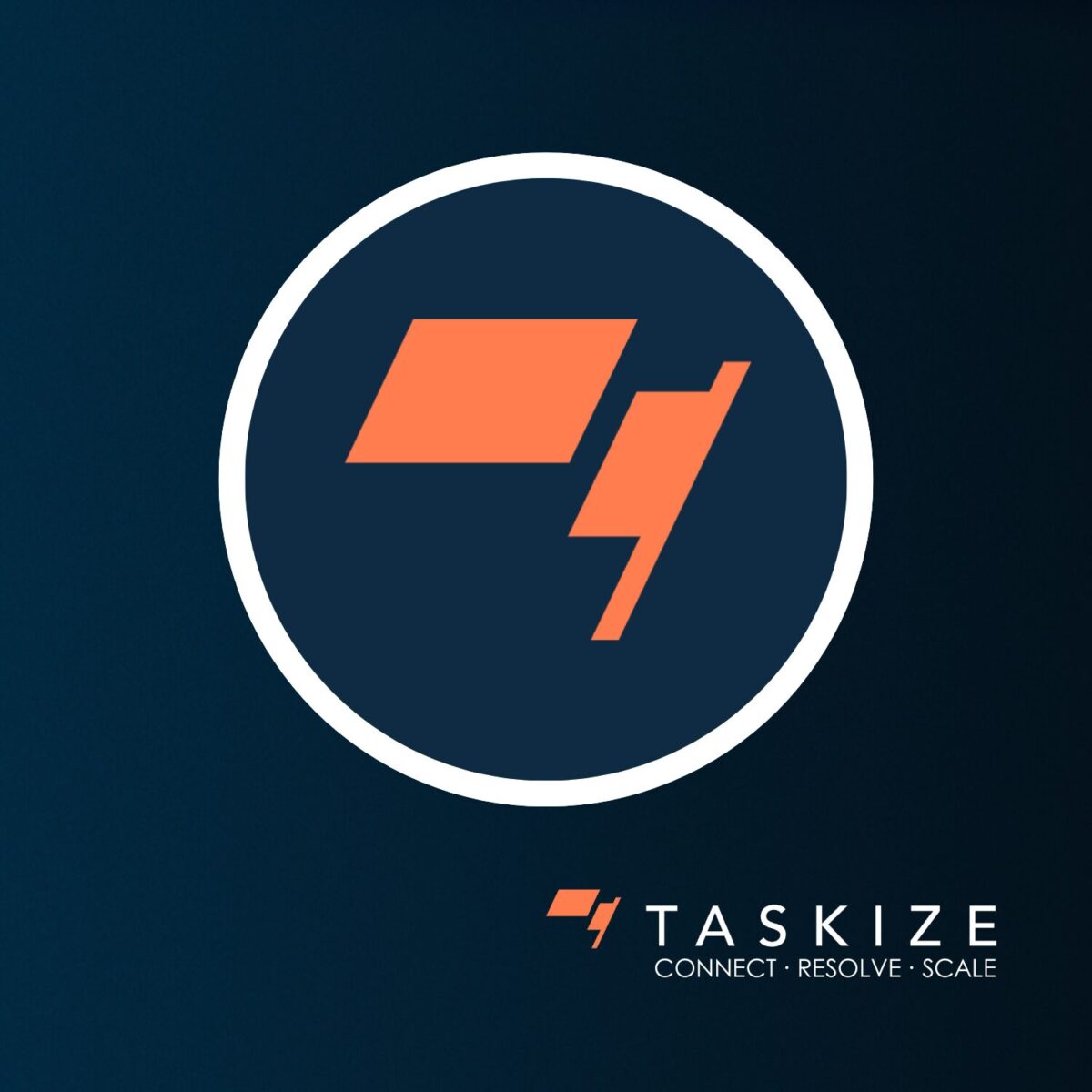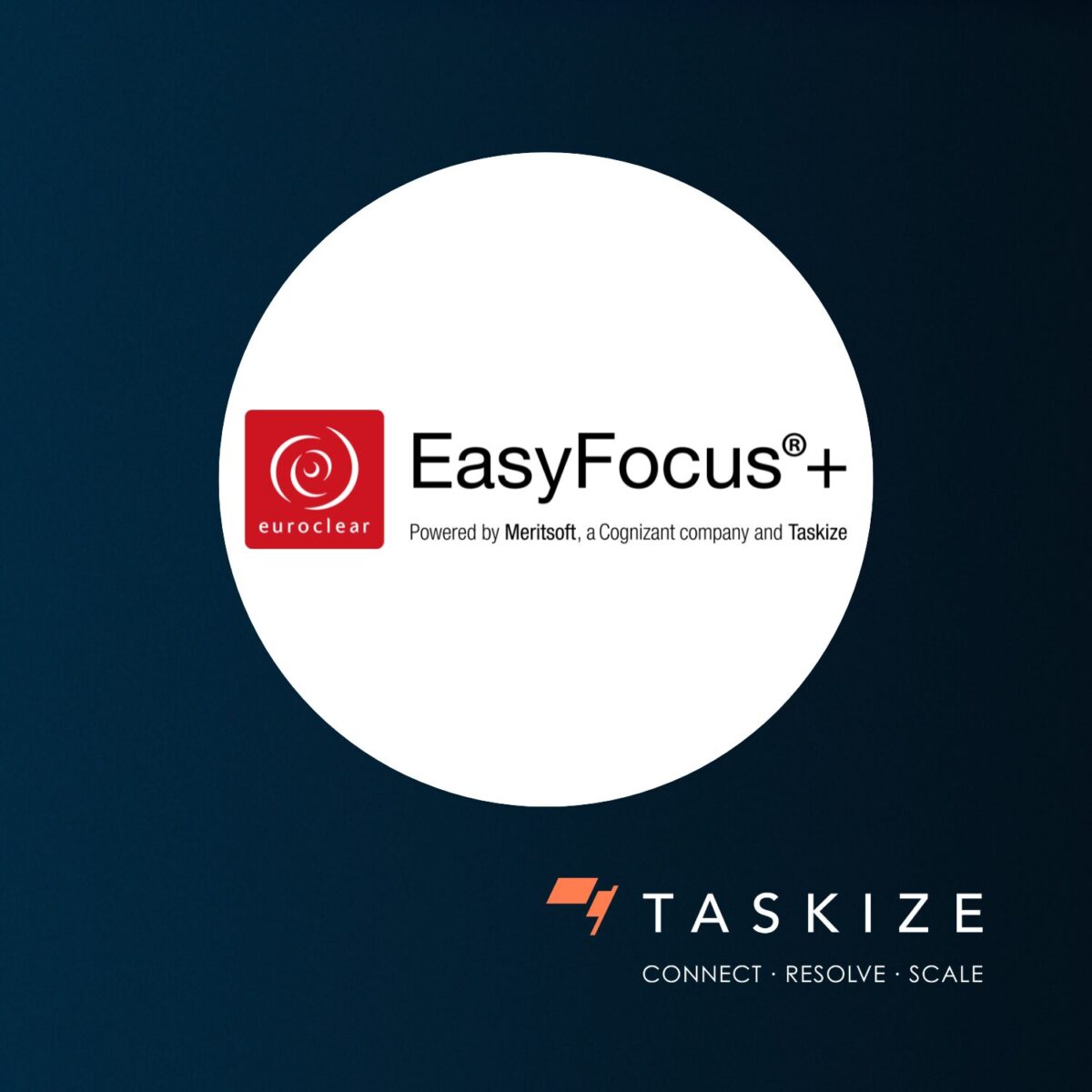Insights
Our team was delighted to be named as one of the Most Influential Fintechs for the third year in a row.
We’ve made huge strides since going live in December 2016, with over 250 financial institutions now signed, and the platform brimming with new functionality. A defining moment in 2019 was when one of the world’s largest hedge funds informed their counterparties that they would be implementing Taskize across their organisation, and expected all their clients and counterparties to follow suit.
Beginnings
The idea for Taskize was motivated by our founders’ experience with workflow systems at various tier one banks. No matter how much money or manpower was invested in improving internal workflow systems, the investment became largely redundant as soon as workflows were introduced with external counterparties. Frustrated with never being able to move beyond the barrier of the firm to create end-to-end efficiency, our founders decided to create the solution themselves.
Taskize now has one simple goal – provide inter-company workflow to financial institutions. By allowing a company to raise a ticket in one firm and have it solved in another, Taskize provides a standardised platform for inter-bank issue management and resolution that is built specifically to replace the use of email and phone.
Changing Behaviours
Inter-company workflow is something financial organisations have never done before. This brings a number of obstacles – network growth challenges, organisational concerns that early adoption could result in a costly failure, and the need to fundamentally change behaviours at the user level.
Taskize is well aware of these obstacles, and are solving them in a number of ways. To mitigate risk, we have designed the platform to be nimble, cost-effective and easy to install. We have also deployed the technology initially through a sponsorship model, allowing clients of sponsors such as Euroclear, LCH and DTCC’s Exception Manager to utilise the workflow technology to resolve issues related to their sponsor at no cost. This allows clients to evaluate the technology before making a longer-term commitment across their organisation.
We have also focused on providing a realistic transition solution. Moving away from email to resolve inter-company operational issues doesn’t happen overnight, and clients need a workable transition path. Our email integration functionality, introduced in 2019 with further enhancements scheduled for Q1 2020, provides this by allowing any incoming or outgoing email to be processed via the platform. For a user – this means that 100% of their inter-company issues can be resolved without ever leaving the platform, irrespective of whether their counterparties are Taskize users or not.
Partnerships and Interoperability
Taskize’s focus is workflow. We bring the most value to our clients by focusing in this area only. However, efficient workflows are only part of the operations equation, and our clients’ pain points cannot be solved through improving workflows alone. Our approach has therefore been to embrace partnerships with any provider that can help our clients make their operations more efficient.
An obvious starting point is exception management. One of Taskize’s principal use cases stems from transactions not settling, and the need to efficiently resolve the underlying issue as quickly as possible. But to fundamentally improve efficiency, mechanisms must help eradicate issues at the source. Platforms we have partnered with such as Duco’s Cube, DTCC’s Exception Manager (DXM) and Euroclear’s Easyway do just this – by centralising and standardising transaction processing, transaction hygiene improves, and the numbers of issues greatly reduce. For any pesky issues that cannot be resolved through automated processing, our partnerships allow these issues to be parsed directly through to the Taskize platform for efficient resolution.
Another area of partnership focus is chat-platforms. With a large proportion of the workforce now made up of millennials, the ability to instantly communicate is non-negotiable. Although instant communications bring many advantages, they don’t provide the full solution when it comes to solving operational issues. To minimise risk and ensure nothing is dropped, issue resolution requires workflow that can be assigned, managed and tracked, in a format that is secure, easily auditable and capable of analysis. However, this does not mean that one should replace the other. Clients benefit greatly when these two can be used together, which is why we have partnered with Symphony, with similar partnerships planned for the near term.
Internal legacy platforms also remain an area that cannot be ignored. Sticky and often highly political – replacing legacy platforms with something completely new is rarely a viable solution. That is why we always provide clients with the option to integrate Taskize with their existing platforms. The level of integration varies, from a basic parse through to full-scale API integrations, where a user is never required to leave their legacy infrastructure.
Outlook for 2020
One of biggest changes affecting our clients in 2020 is the incoming CSDR Settlement Discipline regulations. Although much has been written about these incoming regulations, the true impact that it will have on the industry remains unclear. At the very least however, clients will need to find ways to improve their settlement hygiene and efficiently manage the fall-out if a trade doesn’t settle in time. Failure to do this will prove costly and expose organisations to enhanced levels of risk.
What is also becoming is clear is that a one size fits all approach will not work for most organisations. There are so many jigsaw pieces that contribute to the solution, and clients need the flexibility to pick and choose the pieces that address the needs of their organisation. We believe our partner and interoperability strategy will be key to helping clients succeed in this area.
The other trend we continue to see in the operations industry is that teams must do more with less. Often viewed as cost centres in their organisations, budgets continue to be squeezed and the tolerance for investments which have a long term pay-off is limited. Client’s now more than ever need applications which can deliver immediate short-term gains, while being flexible enough to work with other technologies to provide a best-of-breed solution.

